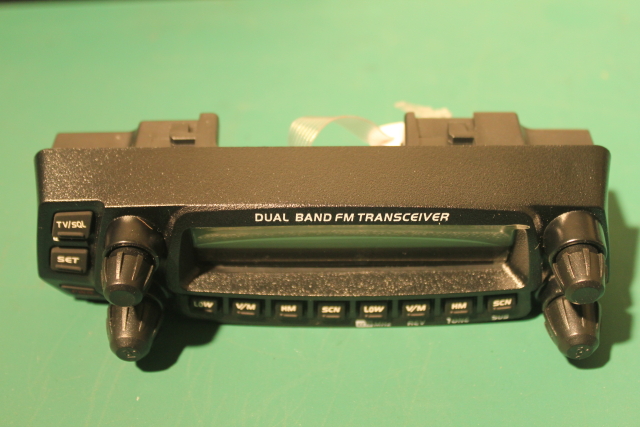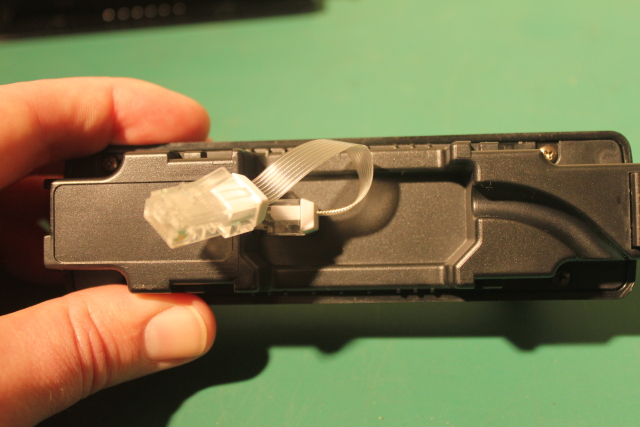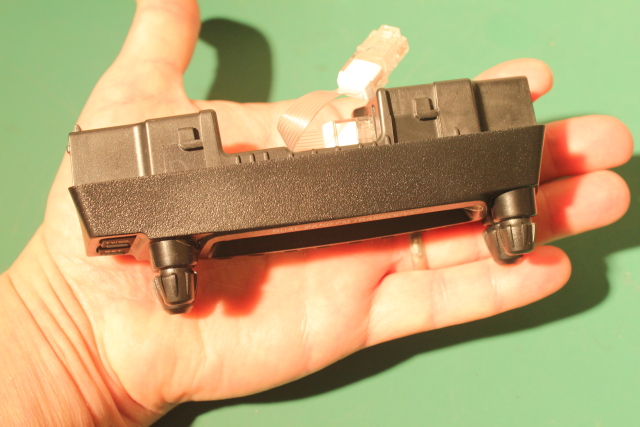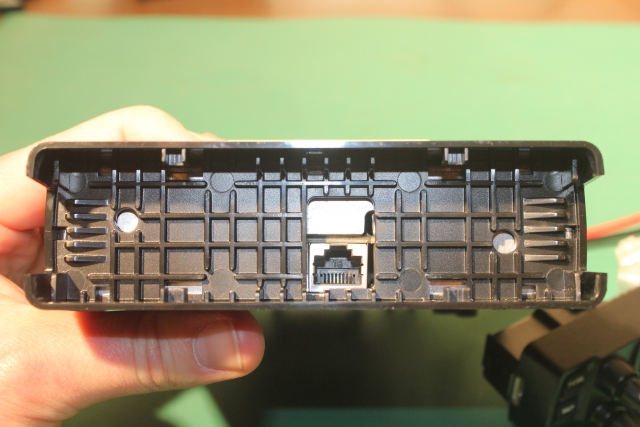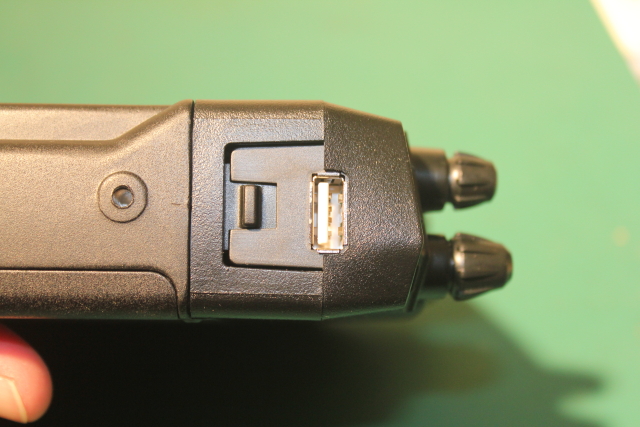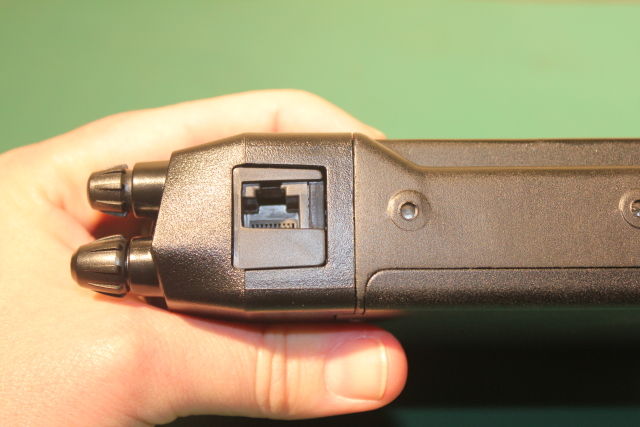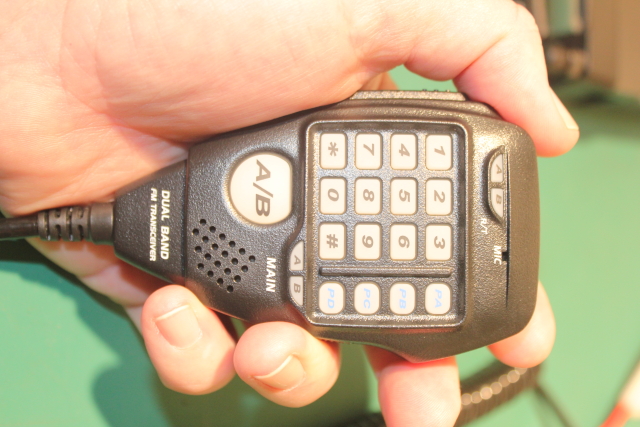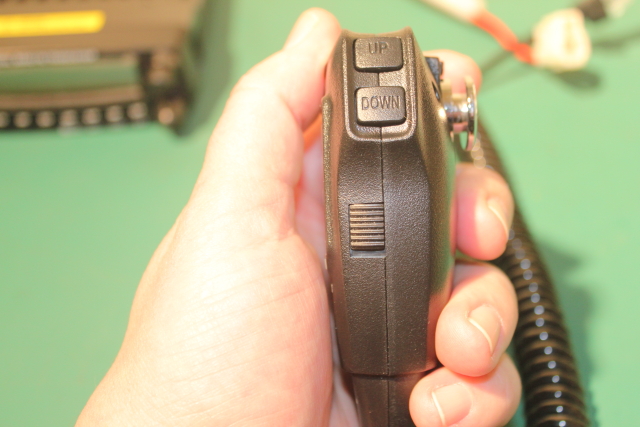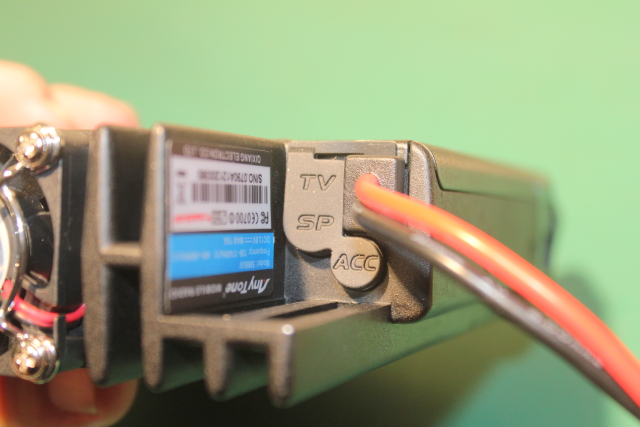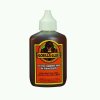I originally ordered the new Chinese AnyTone AT-5888UV in the fall of 2012 direct from China only to have the units pulled back from delivery due to some type of problem that was discovered. When Ed at importcommunications.com announced that he was going to carry them and take pre-orders, I got on the list. I recently received the radio and have had some time to play with it.
The AnyTone T-5888UV is a 50 watt VHF, 40 watt UHF mobile radio that is currently selling for about $275. The price tag seems a bit high considering that a Kenwood TM-V71A is only about $100 more, although the radio does come with a programming cable and software. Here is a pic of everything in the box:
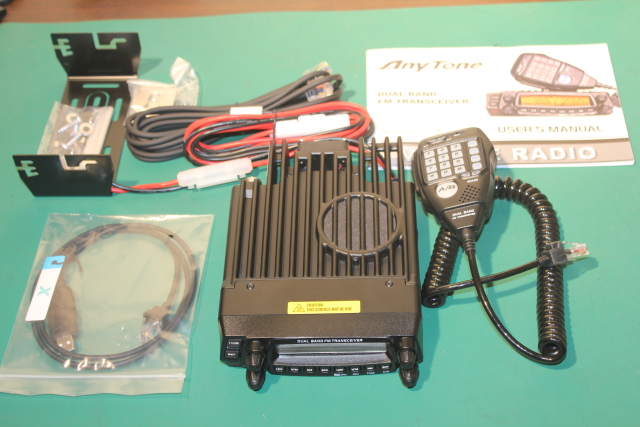
The radio has a fairly wide frequency range, but not as wide as some others:
RX
108-180MHz (AM/FM)
220-260MHz
350-399.995MHz
400-490MHz
TX
136-174MHz
400-490MHz
It seems to me that they leaned on the user interface and ergonomics of the Yaesu FT-8800 when they designed this radio. As you can see from the face, there are a lot of similarities:
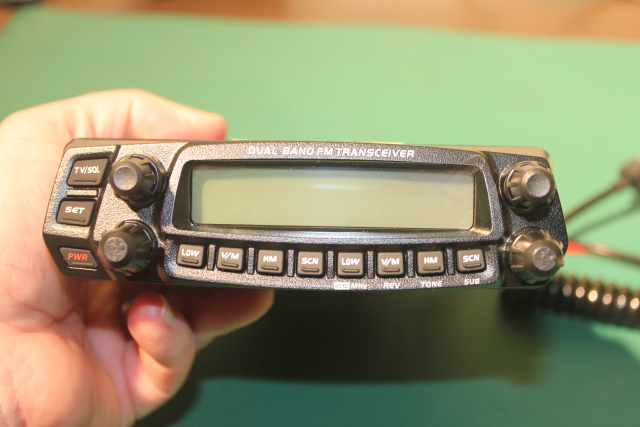
Here's a shot of the complete radio from the top where the large internal speaker is located:
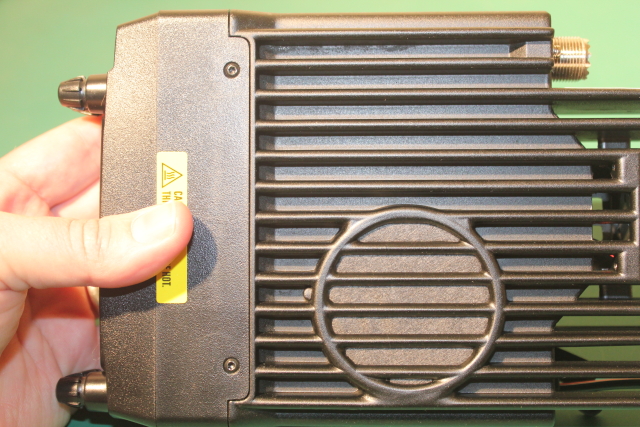
The radio body really is fairly small and as you can see, the whole top is a big heat sink. The back of the radio also features a large heat sink with an attached cooling fan similar to the Yaesu FT-8800:
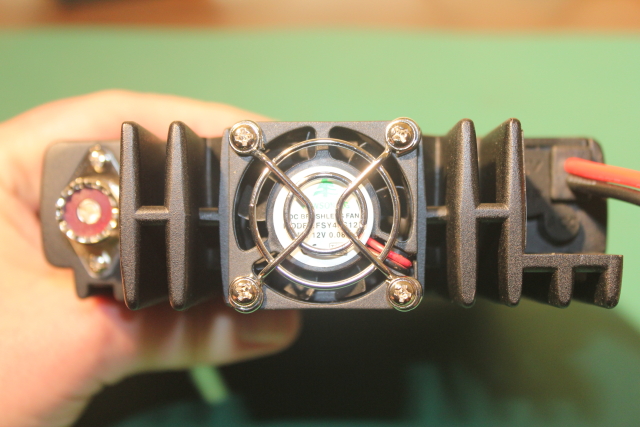
The AnyTone T-5888UV is a 50 watt VHF, 40 watt UHF mobile radio that is currently selling for about $275. The price tag seems a bit high considering that a Kenwood TM-V71A is only about $100 more, although the radio does come with a programming cable and software. Here is a pic of everything in the box:

The radio has a fairly wide frequency range, but not as wide as some others:
RX
108-180MHz (AM/FM)
220-260MHz
350-399.995MHz
400-490MHz
TX
136-174MHz
400-490MHz
It seems to me that they leaned on the user interface and ergonomics of the Yaesu FT-8800 when they designed this radio. As you can see from the face, there are a lot of similarities:

Here's a shot of the complete radio from the top where the large internal speaker is located:

The radio body really is fairly small and as you can see, the whole top is a big heat sink. The back of the radio also features a large heat sink with an attached cooling fan similar to the Yaesu FT-8800:


